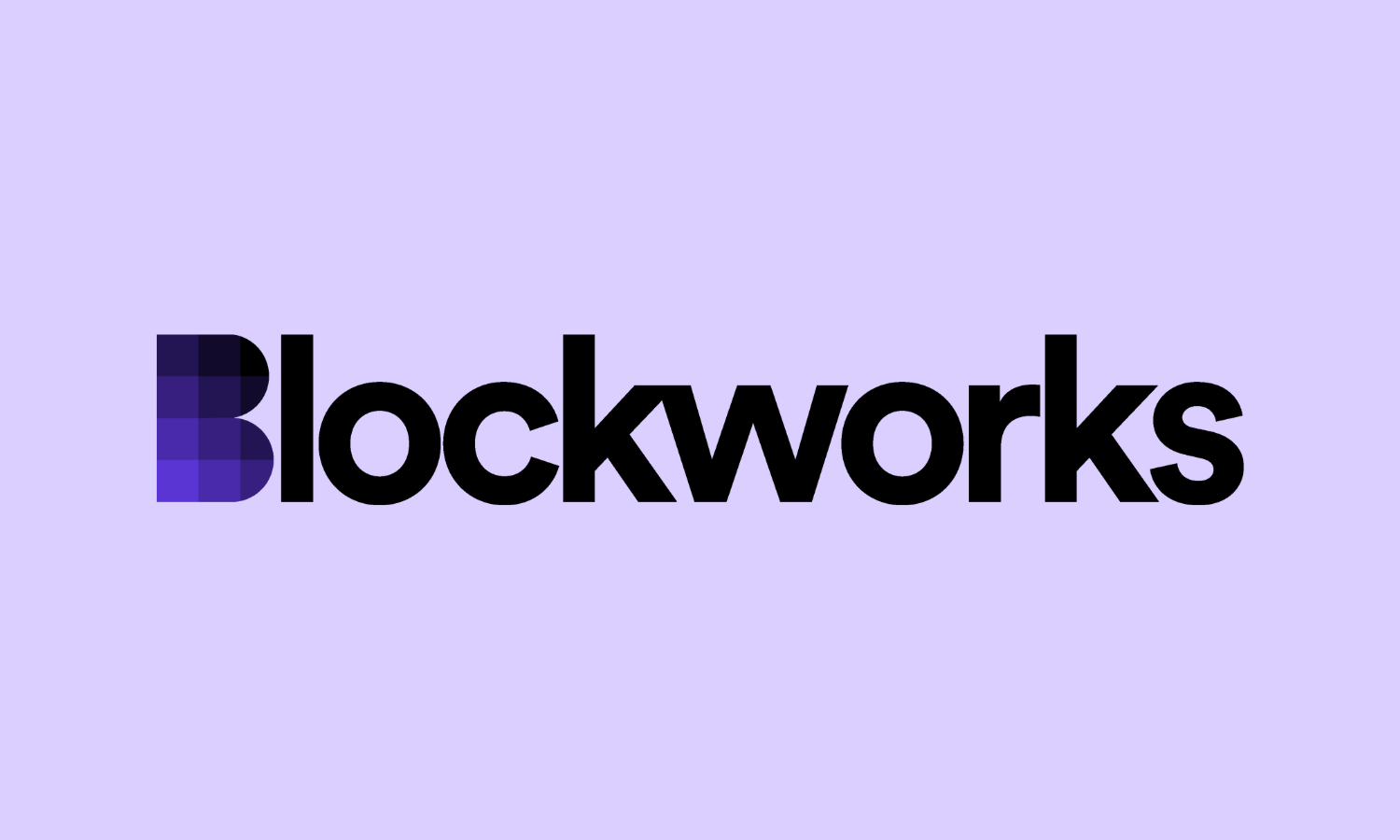The investor’s guide to Ava Protocol

The crypto industry has long been in need of seamless and secure Web3 automation which would have a transformative impact on user experiences and adoption.Ava Protocol (formerly known as OAK Network) is leading this charge. It provides event-driven automation infrastructure that empowers private, autonomous, and composable super-transactions for Ethereum and related chains, with use cases that reach all Web3 participants. The protocol’s milestones include 12,000+ unique testnet wallets, 35+ ecosystem dApp partners, a $10 million in seed funding, and the recent launch of its mainnet on Ethereum via EigenLayer. This momentum underscores Ava Protocol’s potential to reshape the industry with decentralized, event-driven automation. With a token generation event imminent, Ava Protocol is positioned to foster transformative innovation and leadership within the crypto ecosystem, making it a noteworthy consideration for investors.This article will cover the company’s background, progress to date, and future plans. Let’s get started.Ava Protocol was founded by Chris Li, a seasoned developer and entrepreneur who has been building Ethereum smart contracts since 2018. Before establishing Ava Protocol, Li gained valuable experience as a Messaging Protocol Engineer at Microsoft and as a successful serial entrepreneur. He is also a Web3 Foundation grant recipient and Polkadot core contributor.Driven by the immense potential he saw for automated transactions to enable users to customize payment flows and trading strategies, Li dedicated himself to six months of academic research that culminated in the Ava Protocol whitepaper. Ava Protocol has built an Actively Validated Service (AVS) on Eigenlayer that enables private, autonomous, and composable super-transactions for Ethereum and EVM-based chains. The team aims to work with all verticals of applications, including DeFi, GameFi, NFT projects, real-world asset applications (RWA), and Decentralized Physical Infrastructure Networks (DePIN). Its coming mainnet launch on Polkadot will extend its automated capabilities to Substrate-based chains.By default, the end-user who creates and schedules an automated transaction incurs an automation fee, which covers the computation and storage resources consumed by the network. Developers using Ava Protocol’s network and SDK can also choose from a variety of fee models to suit their needs, including direct user payment, subsidized fees, and revenue sharing.Ava Protocol enables “super-transactions” that deliver seamless, private Web3 automations for complex workflows involving any transaction or smart contract function. This innovation brings Stripe-like, single-click transactions to Ethereum and Polkadot with no code.Super-transactions are built on four core pillars:Ava Protocol’s super-transactions have the potential to significantly benefit the entire web3 industry. Ava Protocol is dedicated to delivering real utility to the Web3 space, particularly through private autonomous super-transactions, which offer significant benefits to industry participants..Blockchains are typically being open and transparent, which has stalled various use cases from driving global adoption. By prioritizing privacy, Ava Protocol strengthens users’ data sovereignty within a transparent financial ecosystem. Transaction details such as timing, value, sender, and recipient are kept private, ensuring that sensitive information stays confidential.A few examples of use cases that could thrive with Ava Protocol’s focus on privacy include:Historically, smart contracts have often been managed by centralized servers or bots, limiting developers and compromising Web3’s ability to achieve true decentralization. Streamlining smart contracts with Ava Protocol’s super-transactions removes the need for human intervention and external trust, enabling smart contract automation that is censorship-resistant, efficient, and unstoppable.This technology can deliver benefits across multiple sectors. Examples include:NewsletterSubscribe to Blockworks DailyAva Protocol is designed to benefit a wide range of Web3 participants, most notably:DeFi DevelopersAva Protocol streamlines the process of updating on-chain interest rates, manages liquidity positions in environments like Uniswap v3 by automating functions such as reinvesting fees and adjusting liquidity ranges, and enhances the robustness of DeFi platforms by efficiently handling liquidations for under-collateralized loans.DeFi TradersAva Protocol can automate on-chain payments based on predefined conditions, offer DEX limit orders by monitoring and executing trades at set prices, and enable yield farming platforms to automate the harvesting and compounding of yields, maximizing efficiency and user experience.GameFi Developers and PlayersAva Protocol automates the start and end of betting rounds in prediction markets, ensuring fair play and timely operations, and facilitates the release of game rewards, such as tournament champion rewards and monthly leaderboard rankings, with ease.NFT ProjectsAva Protocol supports cross-chain NFT minting by offloading complex smart contract interactions to layer-2 environments and creating dynamic NFTs that update based on real-time events, like the fluctuating price of Ethereum, while also enabling the automated minting of limited-edition NFTs based on specific events. This level of NFT automation opens up a breadth of opportunities for next-gen NFTs.RWA ApplicationsAva Protocol facilitates RWA automation through dynamic NFTs, such as mortgage-backed NFTs that update interest rates according to market conditions, and identity-based NFTs that reflect changes in an individual’s digital identity while automating money flows for renewing subscriptions, scheduling payments, and enabling recurring billing.Already, Ava Protocol has made significant strides in its pursuit of delivering automated transactions to users across Web3. Here’s a snapshot of the team’s progress:Mainnet LaunchAva Protocol recently launched its mainnet on Ethereum via EigenLayer. It onboarded 20 operators in its first two weeks, with operator TVL spiking to over $1.7B worth of restaked ETH. The protocol is now live for EVM ecosystem developers to begin integrating its automated transaction capabilities.This launch builds on the success of the protocol’s testnet, which demonstrated strong user engagement and transaction processing capacity.Fundraising and BackersAva Protocol recently announced the successful completion of $10 million in funding, consisting of an initial $5.5M Seed round and a subsequent $4.5M Seed+ round. New backers like Taisu Ventures, Bloccelerate VC, and BingX Exchange joined an already impressive roster highlighted by Greylock, Electric Capital, Foundation Capital, and GSR.Ecosystem PartnershipsAva Protocol boasts over 35+ ecosystem dApp partners who are building on top of their automation technology. These partnerships are crucial for expanding the protocol’s reach and fostering a diverse and innovative ecosystem.Key ecosystem partners include: DIN (Previously Web3Go)The Automation Hub on the Turing Network facilitates the scheduling and automation of blockchain transactions, significantly boosting network activity and daily automated tasks. It provides developers with enhanced opportunities by supporting complex actions across various blockchain networks.Yield BayThe Yield Bay auto-compounder reinvests liquidity pool rewards on MangataX using Ava Protocol’s remote execution to schedule transactions across MGX and Turing parachains. Users can customize the duration, frequency, and percentage of rewards to compound, supporting a variety of LP pairs.BagpipesBagpipes is a no-code DeFi automation tool that allows users to create custom cross-chain workflows using a drag-and-drop interface. It supports XCM asset transfers between Turing, Moonriver, and Mangata chains, enabling seamless task automation and cross-chain functionality.Ava Protocol is poised for significant advancements as it looks to build momentum coming off its Seed funding and mainnet launch on Ethereum. The following strategic initiatives outline what lies ahead:Token generation eventFollowing its mainnet launch on Ethereum, Ava Protocol’s native AP utility token is set to launch in approximately 2 months.Mainnet Launch on PolkadotAva Protocol will also soon launch a mainnet on Polkadot as a parachain. This reinforces its commitment to cross-chain automation while extending its ability to serve a wide range of dApps.Developer engagement and empowermentMoving forward, Ava Protocol will prioritize empowering dApp developers and entrepreneurs building on Ethereum and Polkadot. With Ava Protocol, developers can avoid relying on Web2 solutions for their Web3 operations.By choosing Ava Protocol, developers can expedite development, save capital resources, and concentrate on their core competencies instead of attending to non-core functions.Enhancing User ExperienceA primary challenge Ava Protocol faces is enhancing the user experience of private automations. While privacy solutions in the industry are still relatively new, other projects have seen significant user experience improvements. Ava Protocol aims to apply similar upgrades, making incremental improvements to meet user needs and maintain high standards of performance and reliability. The team believes that Ava Protocol’s automation system will ultimately surpass in-house solutions developed by other companies in terms of comprehensiveness and cost-efficiency.Envisioning the Future of Web3 with Ava ProtocolAva Protocol’s increasing adoption stands to make Web3 more efficient, private, and accessible to new users, with a stronger adherence to the principle of decentralization. The team is currently focused on bringing its EigenLayer AVS solution to new Layer 2s and helping developers integrate Ava Protocol’s automation engine into their products . The Automation Hub is also evolving based on testnet feedback. One key update introduces drag-and-drop visualization tools that enable users to easily design custom DeFi, NFT, and RWA workflows. Super-transactions will play a pivotal role in this future, allowing users to automate actions securely through wallets like MetaMask or Coinbase without relying on manual scripts and bots. The integration of smart wallets and multi-signature solutions will further empower users and developers, helping them build more sophisticated Web3 products and platforms than ever before.Ava Protocol has emerged as a leader in the development of advanced on-chain automation within the crypto industry, with a focus on executing seamless, private, and autonomous transactions across a wide range of applications. Ava Protocol is well-equipped to meet the needs of DeFi traders and developers, game developers, NFT projects, and RWA applications, positioning it for continued growth and innovation.Now is the perfect time to learn more about Ava Protocol and the benefits of automated, private transactions. Visit the Ava Protocol website and stay on top of updates by following their X, Discord, and Telegram.This content is sponsored by Ava Protocol and does not serve as an endorsement by Blockworks. The veracity of this content has not been verified and should not serve as financial advice. We encourage readers to conduct their own research before making financial decisions.Start your day with top crypto insights from David Canellis and Katherine Ross. Subscribe to the Empire newsletter.Explore the growing intersection between crypto, macroeconomics, policy and finance with Ben Strack, Casey Wagner and Felix Jauvin. Subscribe to the On the Margin newsletter.

Published on Other News Site



















